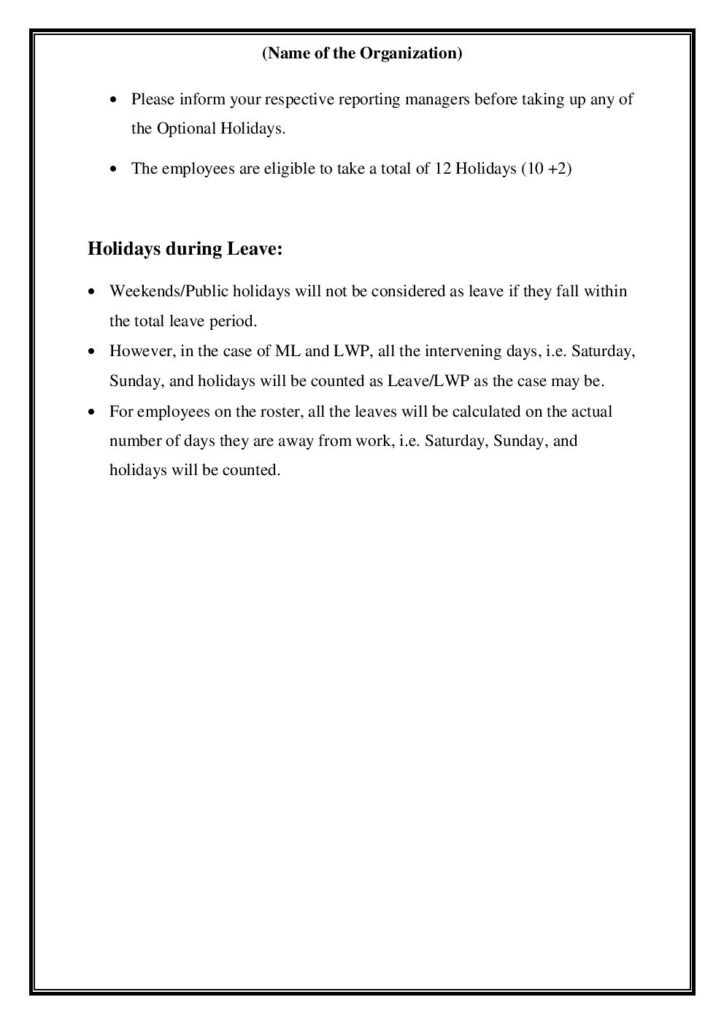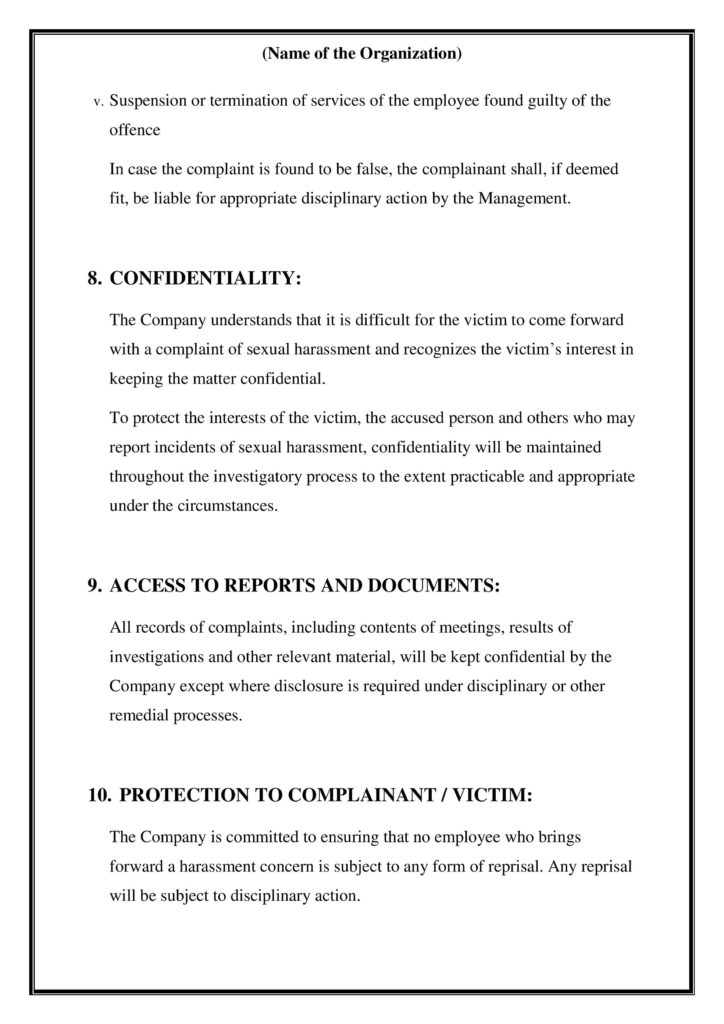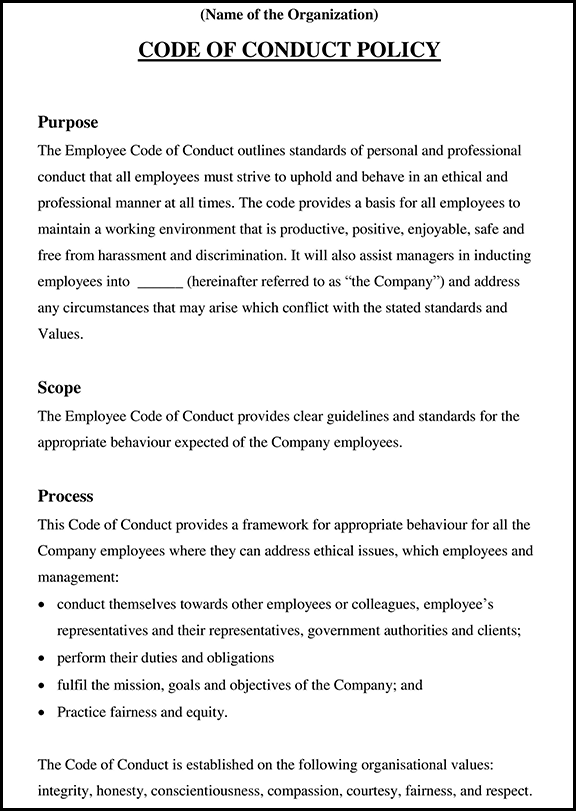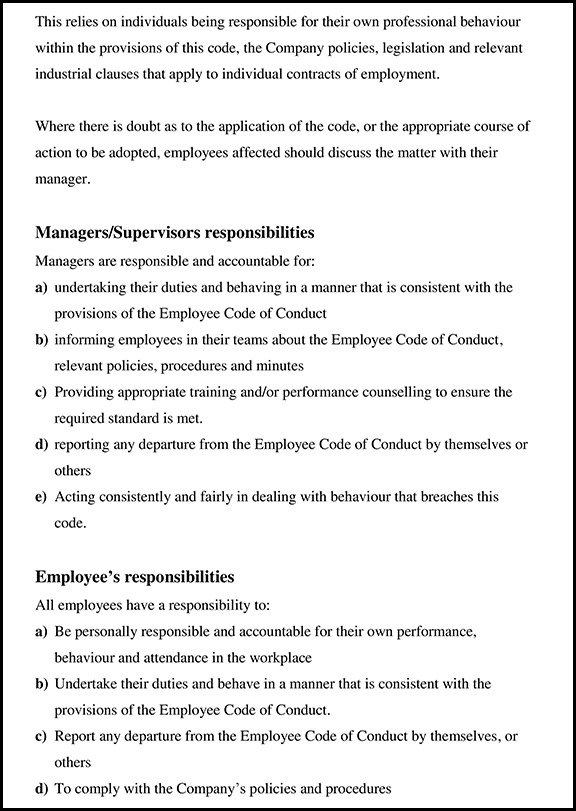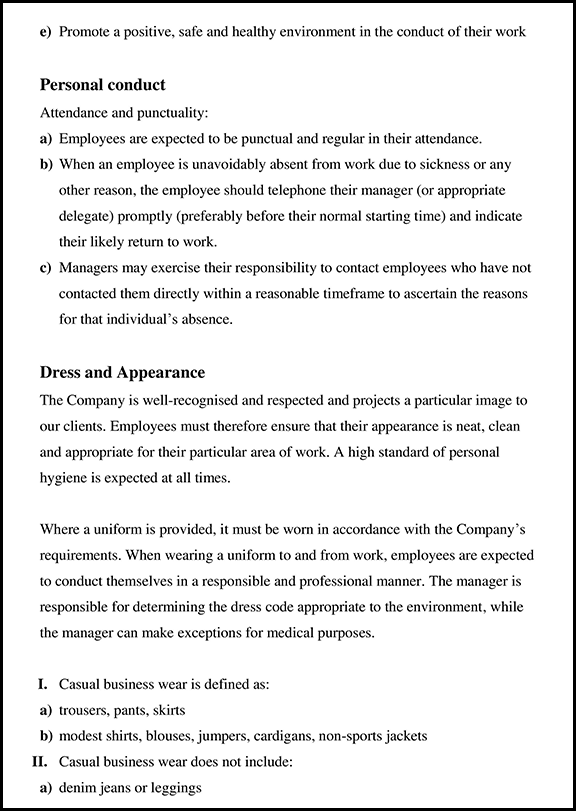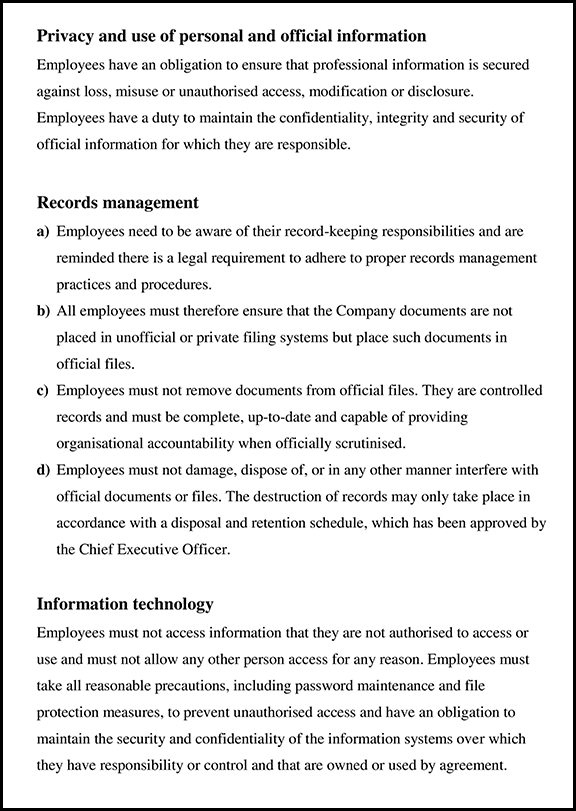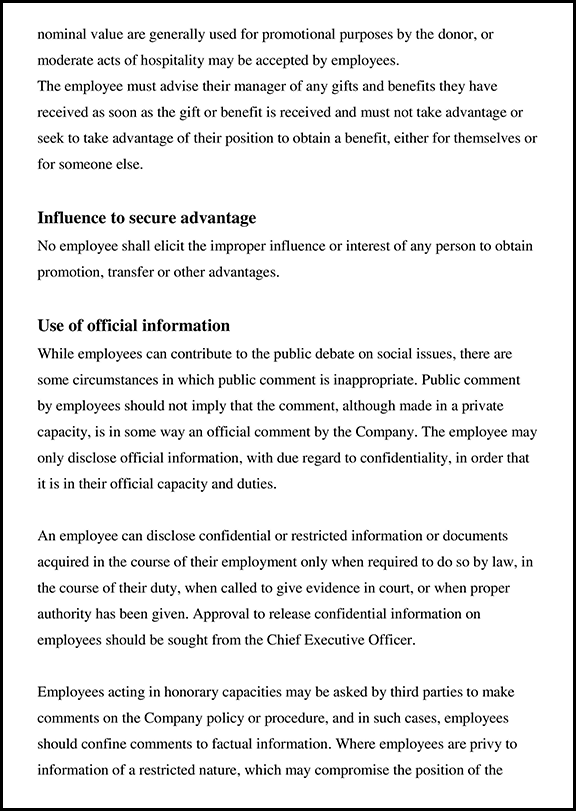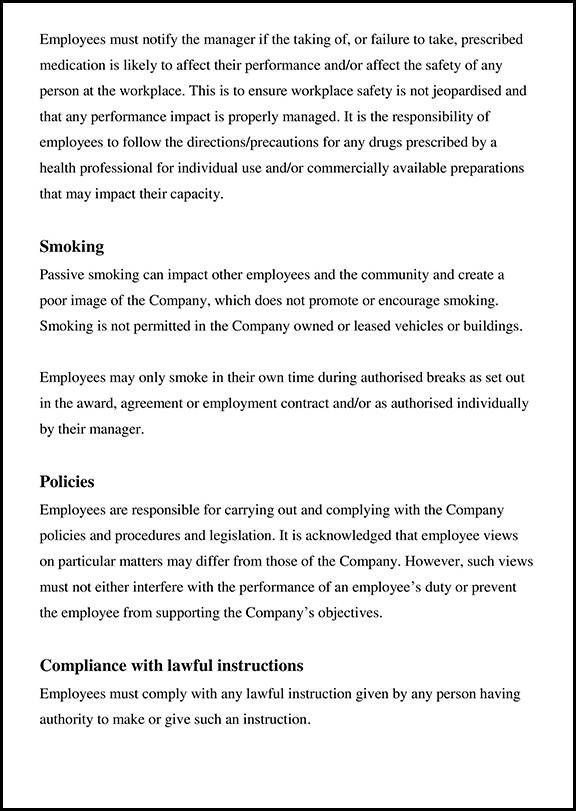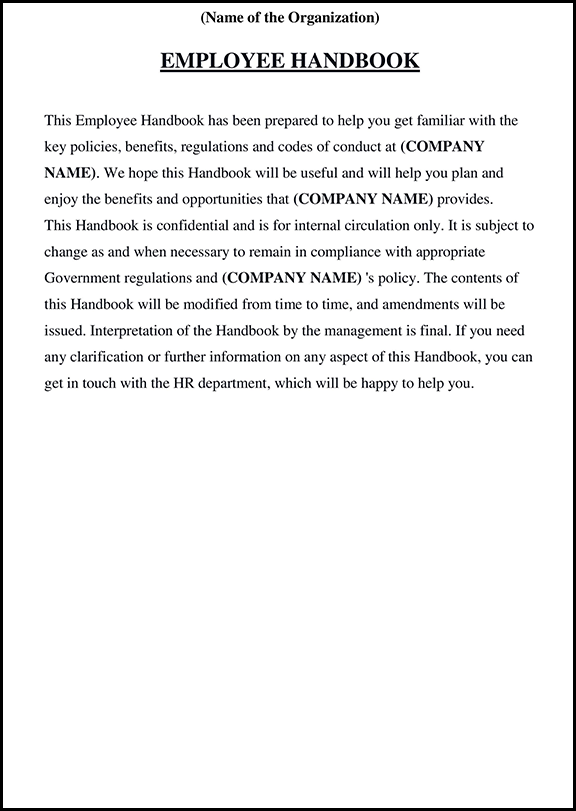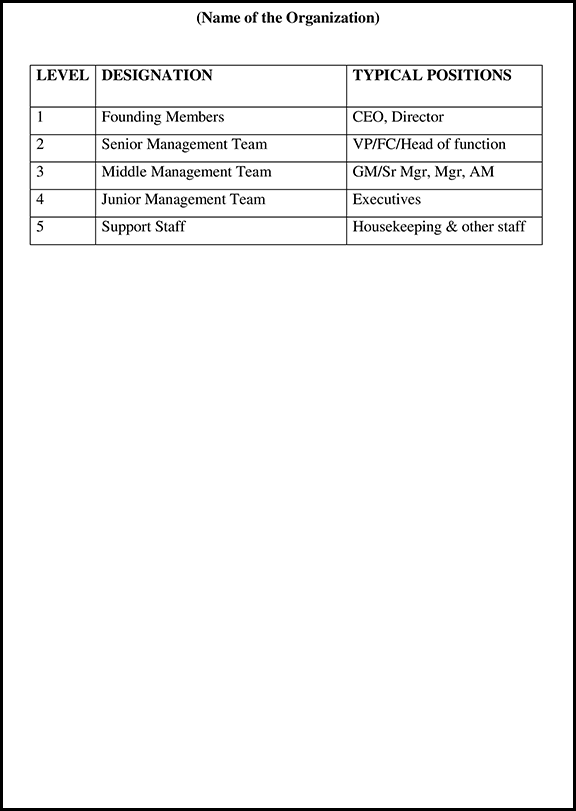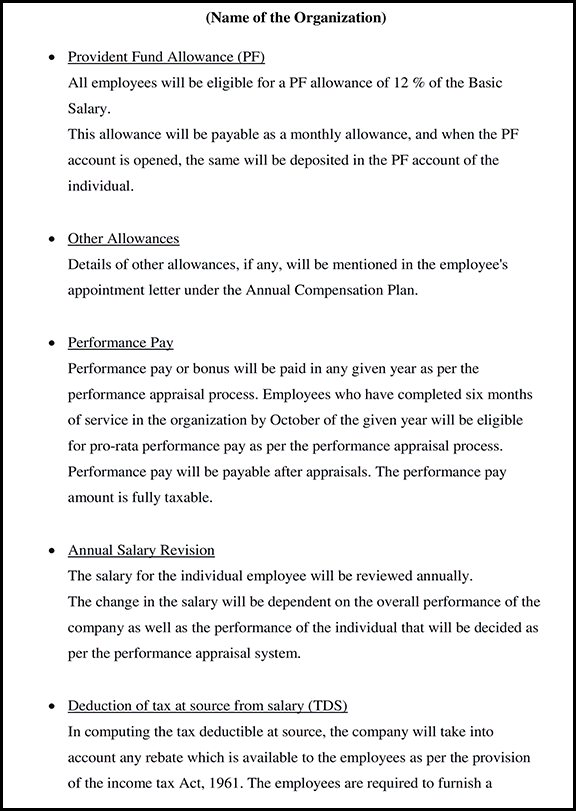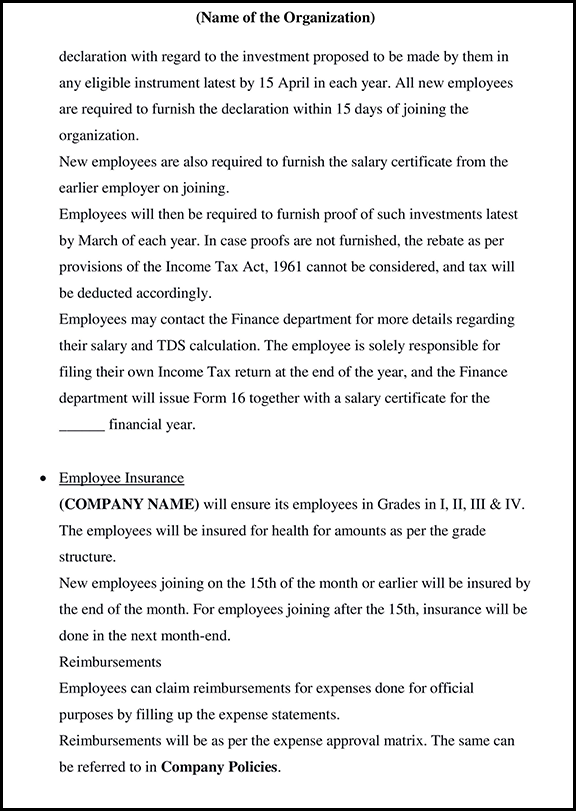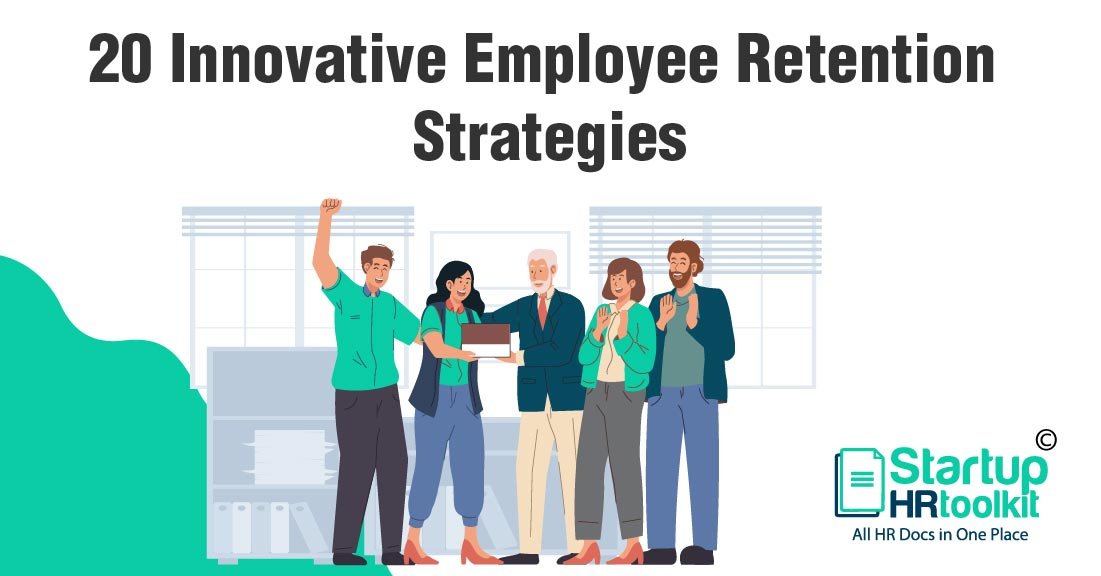
20 Employee Retention Strategies: All You Need To Know in 2023
Creating innovative employee retention strategies for your company is one of the most important, and perhaps the most overlooked aspect of running a successful company. In a tight economy, companies are trying to retain their top talented professionals. The return for organizations that focus on their employee retention strategies is well worth it. The cost of employee turnover is equal to 2.5 times an employee’s salary, therefore retaining an employee saves that amount.
Research has proved that employee retention strategies lead to “soft benefits” i.e higher productivity, increased engagement, lower training cost, a significant cultural impact. It also builds an environment of trust and loyalty that benefits any organization in the long run.
However, with the ever-changing market, it is becoming harder to retain top talent. Also, it is essential for any organization to understand their employee’s outlook. Which keeps them motivated and why they stay in a company. Employee retention strategies deal with all these dynamics to give you that crucial edge over competitors.
Defining a Company
In a formal definition, a company is that “a legal entity representing an association of people, whether natural, legal or a mixture of both, with a specific objective.” It is abbreviated in the form of a co. Also, It is an association in which people come together to carry out tasks for a single enterprise. The people’s united skills and resources work to help the organization meet the goals of the company.
Why Does Employee want to Quit Your Company?
“The reason why top talented employees quit because they recognize that there lack of opportunity in the organization and also, they value their career and opportunity.”
1. Bad manger
2. Poor Management
3. Poor Communication
4. Lack of Support
5. Work-Life Balance as well as company culture
7. No Professional Development
Defining Employee Retention?
To create the right employee retention strategies for your company you must understand what employee retention is. Employee retention is any and every effort taken by the company to make employees hold-on to the enterprise. Employee retention can be simply explained are the efforts to retain employees. This starts with hiring the right people for the organization and continues after the exit interviews. Also, It includes creating a working environment, the right company policy, creating a vision for the company, rewarding the right employees, etc.
It is difficult to build a successful business while losing the company keeps losing the workforce. When an employee leaves a company they not only take their experience, their training and talent but also their ideas, accumulated organizational knowledge, and sometimes even customers. Therefore, it is important for every company to foster a good work environment and pay a fair salary to them.
20 Effective Employee Retention Strategies
1. Cultivate a Healthy Environment
2. Initiate a Mentor Program
3. Increase Employee Engagement
4. Balance Their Workload
5. Reward and Recognize
6. Appreciate Good Work
7. Provide Benefits
8. Practice Giving & Receiving Feedback
9. Conduct Exit Interviews
10. Train Your Employees
11. Provide Leadership Opportunities
12. Keep An Eye on The Company’s Managers
13. Stick to The Company’s Vision & Goals
14. Understand Your Employee’s Motivation
15. Competitive Salary & Benefits
16. Hire the right person
17. Encourage Open Communication
18. Earn The Trust of Your Employees
19. Foster Respect in The Workplace
20. Give a Clear Understanding of The Corporate Ladder
1. Cultivate a Healthy Environment
Having a healthy environment to work in is a very basic requirement for an employee. All other efforts will go to waste if the employee doesn’t have a good environment to work in. Similarly, having the right lighting, the office shouldn’t be too loud, the chair and tables should be comfortable and more. Furthermore, the environment should also be positive, accepting, and challenging. Environments that cultivate negativity or toxicity cannot expect employees to give their best.
It is even worse if your team is required to do creative work. and also, It will be difficult to present ideas in an unhealthy environment. This is one of the most basic employee retention strategies that should be focused on.
Therefore, in order to retain employees, one must give them a healthy and wholesome environment to work in.
Few Simples Ways To Do This Are
1. Build trust among the employees
2. Have one on one conversations with employees
3. Offer incentives to challenge employees
4. Promote honesty
5. Promote health care
6. Also, promote having a balanced life
2. Initiate a Mentor Program
Another employee retention strategies is to initiate a mentor program. A mentor program assigns a mentor to someone below them. Not only is it a great onboarding idea but it can help increase employee retention in a company.
Giving employees someone to look up to and someone to guide them will help them develop faster. Furthermore, having someone to impart their knowledge on will make the mentor feel honored. This is an innovative employee retention strategies that every company should adopt.
Few Points To Keep In Mind Before Initiating The Mentor Program:
1. It is important to match suitable people together. They shouldn’t have clashing personalities.
2. The mentor and the mentee shouldn’t have too much of an experience gap because the mentee might get overwhelmed and might not be able to profit from the program.
3. Also, the mentor and the mentee should be in the same niche of work.
3. Increase Employee Engagement
Research by Glassdoor in 2016 reported that 53% of employees of an organization are confident that if they quit their current jobs and also, they will be able to find a comparable position within six months time.
With increasing costs of hiring, more competition for the right talent, and dwindling employee loyalty it is extremely important to keep employees engaged. On the other hand, HR departments also face the challenge to keep their employees engage.
There are several tools available to increase employee engagement. However, several make the process overly-complicated. Therefore, you must remember to keep employees at the center of all those activities.
Having truly engaged employees will help you retain your employees as well as easier for longer.
Also Check ➜: 15 Ways to Increase Employee Engagement
Also Check ➜: 22 Team Building Activities For Employees to Do During Workday
4. Balance Their Workload
Stress is a normal response to a threat, however, constantly feeling stressed is not good for anyone. Also, make sure that your employees have a reasonable workload and are able to balance their personal lives with it. If employees are always stressed they may start feeling detached and unsatisfied with their work thereby reducing their productivity and creativity even further.
Be mindful of the tasks that employees have to be able to help them be productive.
5. Reward and Recognize
When a team performs well or when an employee does something commendable, make they are rewarded. This is one of the employee retention strategies that should definitely be a part of your employee retention strategies. It is important to ensure that the employee or the team is recognized and rewarded. Verbal recognition can be appreciating an employee during a team meeting. While a special bonus or a gift hamper can be a tangible way to show recognize it. Which method works the best for you depends on the situation.
For example, if an employee completes 10 years with the company, a simple pat on the back may not be enough. However, a simple gift hamper or a bonus will set a good pretence and will encourage other employees to stay with the company for a long time too.
6. Appreciate Good Work
Similar to the point above, sincerely appreciating a team or an employee when truly good work has been done is important. This will help your employees feel seen and recognised. Thereby, increasing employee engagement and loyalty.
For example, an employee can be appreciated in the next team meeting for a good job on a project.
This acts as an encouragement to the employee and works to inspire other members. Furthermore, it pushes employees to be better and grow in their roles.
The idea behind StartupHR Toolkit is to make HR documentation an easy and quick process. 😃
Just checkout our happy customer 😉 giving their wholehearted feedback to our product StartupHR Toolkit 😊
7. Provide Benefits
If employees are simply paid salaries and not provided with any further benefits, employees might start to feel discontent. One of the major reasons an employee quits is because of lack of compensation. Providing insurance benefits, pick up and drop services or monetary benefits can definitely push an employee to be loyal to the company.
Providing benefits to your employees doesn’t just show that you are invested in the well being of the employee but also that you are invested in their future. A proper employee package will be able to attract and retain employees.
8. Practice Giving & Receiving Feedback
Giving constructive feedback to employees can help employees grow and flourish. It will help them find a path and be able to grow in their roles. However, this should be a two-way street. Managers and execs should be willing to receive feedback as well. Listening to feedback itself helps employees feel seen and recognized. Every feedback should be heard and received, even if it isn’t acted on. Having open communication regularly can help reduce employee turn over.
9. Conduct Exit Interviews
An exit interview is the last opportunity for the HR department to truly understand the reason an employee is leaving the company. It can also be an opportunity to retain the employee. Asking the right questions during the exit interview will give you an understanding of the struggles that the employees are going through, furthermore, this information can help you build better systems for the existing employees. Thereby, reducing employee turnover. Exit interviews are the last connection an employee will have with a company, therefore they are seen to be blunter about their problems. Make an effort to understand whether their reason for leaving is due to an existent pattern in the organisation or due to an exterior factor.
10. Train Your Employees
Spend resources on training an employee. Employees often feel stuck or get too comfortable in their roles. Therefore, professionally working on improving their skills is important to retain your talent. Training is usually a short term activity that works on helping the employees learn a certain skill for a certain role. Furthermore, training employees doesn’t just have a positive impact on employee retention but it also increases workspace engagement.
Furthermore, developing your employees allows you to have trained employees to choose from during the next recruitment. Thus, saving your cost of recruiting
11. Provide Leadership Opportunities
Many employees are hungry for better opportunities. As an HR it is your duty to recognize such talents and give them the opportunity to lead. Assign the right tasks to them along with giving them the opportunity to lead a team. This will not only increase employee productivity, employee engagement and will help employees grow but will also lower employee turnover. When employees are given the opportunity to grow in their own roles and see a path to better opportunities, they will want to be more loyal to the company.
12. Keep An Eye on The Company’s Managers
People follow as they’re led, and a bad manager creates a negative mess all around. It is often said that employees leave their managers and not the company. That goes on to show how important managers are. It is important to teach managers positive leadership and ways to motivate or encourage different people.
The company is responsible to train their managers to cultivate the right culture. Soft skills like employee management, stress management, workload management, etc should be taught to every manager. This is an innovative employee retention strategy that we often miss out on.
13. Stick to The Company’s Vision & Goals
A company’s goal or vision is what bring its employees together. The company’s vision works as a guiding light and brings its employees together. When like-minded people come together to build a company, is often when a successful business is created. In addition, ensure that the company’s goals and visions are a part of everyday work experience. Have the vision on the walls and ensure that the office is aligned with the goal that the company has. Every employee should be working toward the same goal. This will definitely have a positive impact on your company’s employee retention.
14. Understand Your Employee’s Motivation
Employee retention is about making an employee want to stay in the organisation. In India, we often don’t take the time to understand an employee’s true motivations. We simply assume all employees are the same. However, if every employee’s motivation is understood, it is much easier to retain them. In addition, this will help you understand what they require and how to solve any problems that the employee might be facing
15. Competitive Salary & Benefits
A recent Glassdoor survey of people in recruitment, HR, and also, hiring managers found that 45% of employees who quit have their top reason as unfair salary. This reason was followed by career advancement opportunities, better benefits, and location.
This shows that even though you may get an employee for lesser than the market price, it can lead to becoming a costly decision in the future.
16. Hire the right person
Hiring the right person is important to avoid expenses on replacing them in the future but to also ensure that the team’s productivity remains high. Having the wrong person can truly bring down the company culture and spirit. Furthermore, finding and replacing an employee is an expensive process. Therefore, it is extremely important to be careful about who you hire. Pay attention not just the job role but also the personality traits a job requires. Think whether those traits are present in this employee and if they will fit the company culture
17. Encourage Open Communication
Communication is a two-way street. Employees should be able to talk to their managers and managers should be able to communicate with their employees. Having opportunities to have open communication helps build a trusting relationship and avoid negative situations to arise. Furthermore, it helps avoid employees not informing their managers regarding when they make a mistake. Hence, helping the managers fix the situation early. Also, employees who are spoken to and treated as humans will be more invested in the company.
18. Earn The Trust of Your Employees
It is no secret that employees perform well when tasks were assigned to them by management that they trust. Having trusting relationships within the company nurtures employees and builds a positive environment.
While most managers see it the other way around, it is also important for managerial level exec to have a connection and a bond of trust with the employees. Employees that trust their leaders will follow them through difficult times too.
19. Foster Respect in The Workplace
Everyone deserves respect. When employees feel humiliated and unimportant they are much more likely to find a different workplace. When an employee is not respected, they don’t feel valued. Why would anyone stay in such a workplace?
Therefore, it is important to build a culture of trust in your workplace. No employee should feel less than or feel insulted. This can be done by being thoughtful and kind to the employees. While also helping them feel valued at the company. If an employee feels respected in their workplace, it will not only retain them but will also help them be more productive.
20. Give a Clear Understanding of The Corporate Ladder
Employees are often confused and unsure about the path to their growth in a company. Also, this can make some employees feel entitled to a raise or can make them feel confused regarding their way forward within the company.
As an HR you can discuss their future with the company and understand their priorities. Also, are they looking for a leadership role or what kind of growth are they concerned with? Let them know what they must do to be considered for their next role. Furthermore, this will help the employee feel valued and optimistic about their future within the company. Thereby, impacting employee retention of the company in a positive way.
Why Employee Retention Strategies Are Important?
1. Hardships of Hiring New Talent
Research conducted by the Society for Human Resource Management (SHRM) found that it takes an average of 42 days to replace an employee. Resulting in extra resources and time being spent to hire new talent as well as the added workload on the existing employees to compensate for the missing member of the team.
2. High Turnover Expenses
Furthermore, it was estimated that the cost of replacing an entry-level employee is 50% of their annual salary. This amount only goes higher, as much as 250% when it comes to replacing a leader or a highly skilled employee. The process of onboarding, the process of helping a new employee settle into their jobs and work environment. Making these processes most comfortable for the existing as well as the new employees is the key area of most expenditure.
3. Loss of Knowledge With Loss of Personnel
In the scenario when a senior employee is found leaving, the enterprise is liable to lose important information and also, skills forever if they’ve not been passed over thoroughly or completely.
4. High Turnover Toughens Teamwork
Higher turnover means a frequent change in the existing team members. Resulting in valuable time being spent in bonding with new members to reach the highest productiveness for all. Moreover, frequent change in team members lowers the morale, further affecting their productivity as well as period of retention.
5. Competitor’s Gain
Employees that leave an organization are very likely to join a competitor, who will be benefiting greatly from their skills. In case, competitors are very likely to poach high-level executives who are an irreplaceable asset to their organization.
Challenges for Creating Employee Retention Strategies
1. Strong Economy
A strong and growing economy results in an increasing number of jobs created in the market. It is likely that the number of jobs available is more than the workforce. Falling rates of unemployment, as well as the rising number of opportunities, shift the power of choice into the hands of the employee. The top talent will have the power to choose whoever offers the opportunities for them and organizations can no longer assume that people need them.
2. Young Workforce
A young employee is more likely to switch jobs at the drop of the hat if the job promises to make a positive boost to their careers. For similar reasons as well as not having been tied down or rooted in a certain geographical area, they are willing to accept better opportunities in different cities, states or even countries. Sometimes they’re unsure of what career path to choose, thus increasing their chances of switching lanes multiple times.
3. Technology
Advancing technology has made looking for jobs extremely easy. One no longer requires to go through the newspapers to find suitable work opportunities, they can sign themselves up on various employment portals online or create a professional social media page over on LinkedIn to find employment. Similarly, they have the luxury to browse through many opportunities on the internet from the comfort of their homes, or even their current organization of employment at any time they find suitable. With the increasing presence of professionals on social media like LinkedIn, many skilled professionals have opportunities knocking at their doors.
4. Side Hustles
With an increasing number of people choosing to make freelancing their full-time jobs or be entrepreneurs. Also, they tend to leave an organization as soon as either their side business or freelance opportunities grow stable and are able to provide for all their expenses.
This is a recent growing trend that is becoming more and more apparent.
Conclusion
In conclusion, every business faces the problem of employee retention. Also, it has become a major part of every human resource manager’s job description.
The cost of recruiting, hiring, and then training an employee is extremely high therefore, effort should be made to avoid it. Furthermore, if the company has a high turnover rate, companies will see lower productivity rates and dropping morale.
With an understanding of all this, you as an HR manager must take into account the importance of hiring the right talent and maintain that talent’s morale. It is healthy to revisit the employee retention strategy every year and build further from the strategies that worked and that didn’t work. Furthermore, an effort to create a better workplace and engage employees even further should always be made. Having a connection with the employees and having one on one conversations with employees will give you an idea about what works and what doesn’t work.
We hope the above pointers will be useful to you and will work as a way to guide you towards an employee retention strategy that fits your organisation.
Join a Community of 75,000+ HR Professionals


















